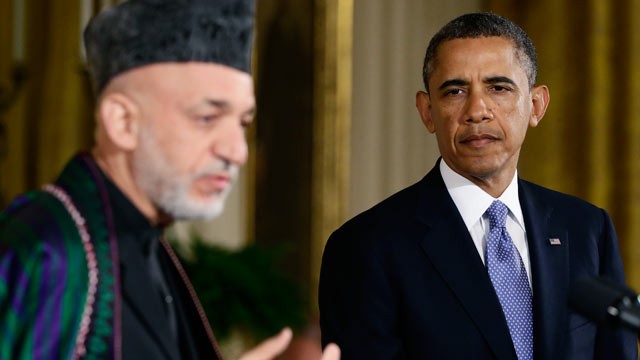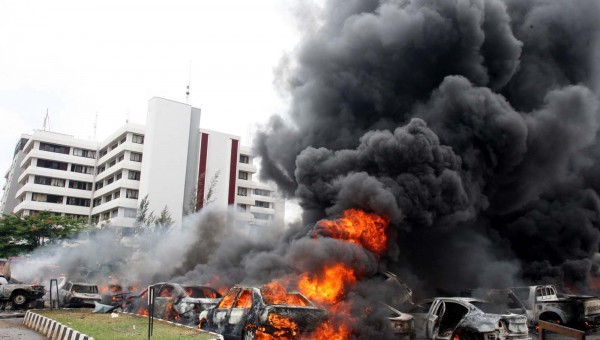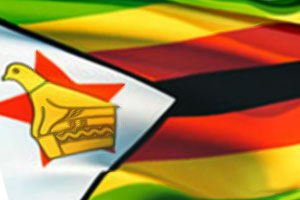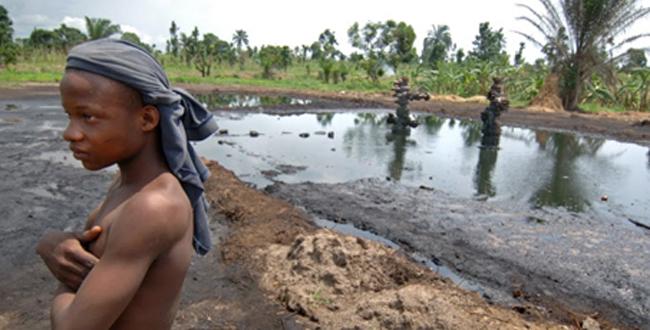On January 14 Afghan president Hamid Karzai announced that the US would equip the Afghan National Security Forces with unmanned aerial vehicles (UAVs) or drones, although the Pentagon has said details of the deal remain to be finalized.
Recently returned to Kabul from meetings with President Obama in Washington, Mr Karzai emphasised the drones would be unarmed and not the much talked about killer drones, the Predators and Reapers. The drones will be used solely for reconnaissance missions to track Taliban movements in the field once the US military mission wraps up under an accelerated time line next year.
Karazi went on to say that ‘[the Americans] will train Afghans to fly them, use them and maintain them’. Heavily depended upon to monitor coalition forces and provide information on insurgent activity, to this point, drones have been operated exclusively by Western allies.
According to figures released by the US Air Force in 2012 there were 447 drone strikes (a record high) and a per month average of 2,954 surveillance sorties flown over Afghan territory.[captionpix align=”left” theme=”elegant” width=”320″ imgsrc=”http://kpbs.media.clients.ellingtoncms.com/img/photos/2010/06/03/drones_tx700.jpg?8e0a8887e886a6ff6e13ee030987b3616fc57cd3″ captiontext=”President Hamid Karzai says the US will transfer a fleet of unarmed, surveillance drones to the Afghan National Security Forces, a long-term demand.”]
A wise decision?
The announcement raises a number of questions about the wisdom of military technology transfers to allies in volatile regions of the world. While no doubt meant to reassure the Afghan government post-US force withdrawal and enhance the Afghan military’s surveillance capacities, what happens if the Afghan state collapses and highly vaunted technology falls into enemy hands?
The last time a foreign military left Afghanistan- the Soviets in 1989- the Afghan puppet regime led by President Najibullah and in power since 1988 held out until April 1992, only several months after the dissolution of the USSR itself. Without military and economic assistance from the Soviets, the regime was quickly overwhelmed by mujahedeen forces funded by the US (in a preview of things to come) and commanded by Ahmed Shah Massoud.
With an influx of armaments and foreign capital, it took the Taliban just four years to conquer Kabul in 1996 and extend their control over the entire country.
The Libyan civil war is also indicative of what can happen when a state collapses and modern military hardware goes unaccounted for, as the war witnessed rampant and uncontrolled transfers of arms to extremists. The Tuareg militias and Islamist groups who benefited from this windfall returned to northern Mali after the death of Colonel Qaddafi only to play a highly destabilising role, subduing half of the country which led to the current military campaign by the French and a multinational African force.
Imagine what would happen if this scenario was reimposed on Afghanistan? It isn’t hard to envision. Even after 12 years of heavy international investment both in infrastructure and on military training the Taliban is still going strong, biding their time until the majority of US combat troops depart before crossing back over the border from safe havens in Pakistan. Should the Karzai government be ousted from power what would become of its weapons stores?
For its part, Canada has left hundreds of sea containers of so-called ‘low priority’ Canadian Forces materiel stranded in Kabul and Kandahar after logistical issues arose with transporting the containers to Karachi for shipment. Both the US and Britain are said to have thousands of containers stranded at bases throughout the country. How would Canada and its allies respond if this stockpile fell into Islamist hands, supplying terrorists and causing untold death and mayhem?
Two sides to every coin
The flip side of the argument would be to say that non-provision of monitoring capabilities like drones would severely handicap Afghan efforts to prevent and subdue future attacks by Islamists and could even hasten the fall of a government and a country which the West has invested in so deeply.
More importantly will the Afghan security forces trained by the West be able to maintain control of Afghanistan, overcome tribal divisions, and weather a possible Taliban onslaught? Certainly these are daunting tasks that will require serious and sustained US and international aid. Finally, what if Afghanistan ends up having a unity government through negotiations with the Taliban? Would the US and international community still want to provide military assistance?
Transition of Lead Combat Role, immunity remains stumbling block
Although an end is finally in sight for what has become America’s longest war, the US and Afghanistan are still in the process of negotiating a long-term security pact that will decide how many US combat troops will remain beyond the formal end of the military mission and what role they will continue to play.
A joint news conference last Friday established an accelerated time line for the transfer of security responsibility to the Afghan army as well as control over prisons and detention centers and an end to American patrols of Afghan villages.
Agreement was not reached however on the extremely contentious issue of immunity for US troops serving in Afghanistan. The drones and the quicker than anticipated handover of the lead combat role- a shift to the spring from what was to be a summer transition, may be part of a calculated American strategy to sway the Afghans on the immunity question.
Opening up US forces to legal prosecution by foreign powers is unacceptable given the breadth of their global military activities. Therefore, continued American involvement is contingent on granting immunity. The potential future loss of military hardware like drones to extremists, for better or worse, will take a back seat until negotiations are concluded to America’s satisfaction.




